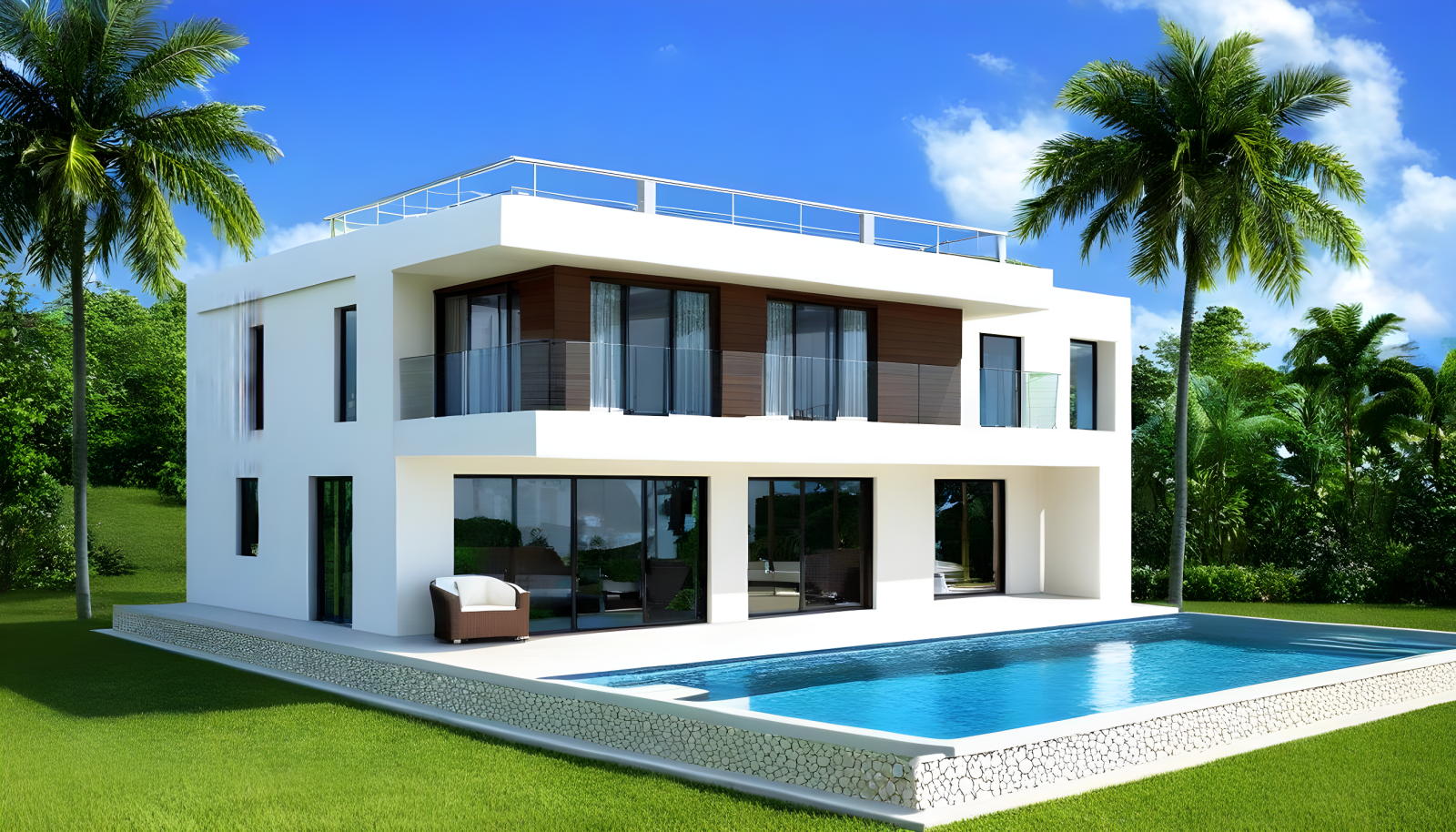Installing Prefab Homes in Australia
Prefab homes can be defined as structures in which prefabricated parts are manufactured in factories and then assembled for installation. For Australia, These homes can be built using a variety of materials; Insulation materials such as Rockwool or EPS (expanded polystyrene) are commonly used materials in the construction of steel prefab homes.

The steel frame structure of prefabricated houses increases their durability and also strengthens their resistance to fire. Such structures can also be resistant to natural disasters.
Prefabricated houses are usually installed quickly. The fabrication process shortens construction time because it is limited to the assembly of pre-manufactured parts. Prefabricated houses can be completed in a few weeks.
When rockwool is used as insulation materials, prefabricated houses can have good thermal insulation. This improves the home’s temperature control and can reduce energy costs.
Prefabricated houses have water-resistant features. With careful installation and the use of waterproof materials, it may be possible to minimize water damage.
ADVANTAGES
Sound insulation is another advantage offered by prefab homes. When the right insulation materials are used, it reduces external noise and creates a quieter environment inside the home.
Prefab homes generally cost less than traditional housing. Economies of scale in production can be benefited and labor costs can be minimized, making it possible to obtain a high-quality home at more affordable prices.
In general, prefabricated houses offer several advantages: with features such as quick installation, durability, energy efficiency, sound insulation and affordability, they are an ideal option to meet modern housing needs.


